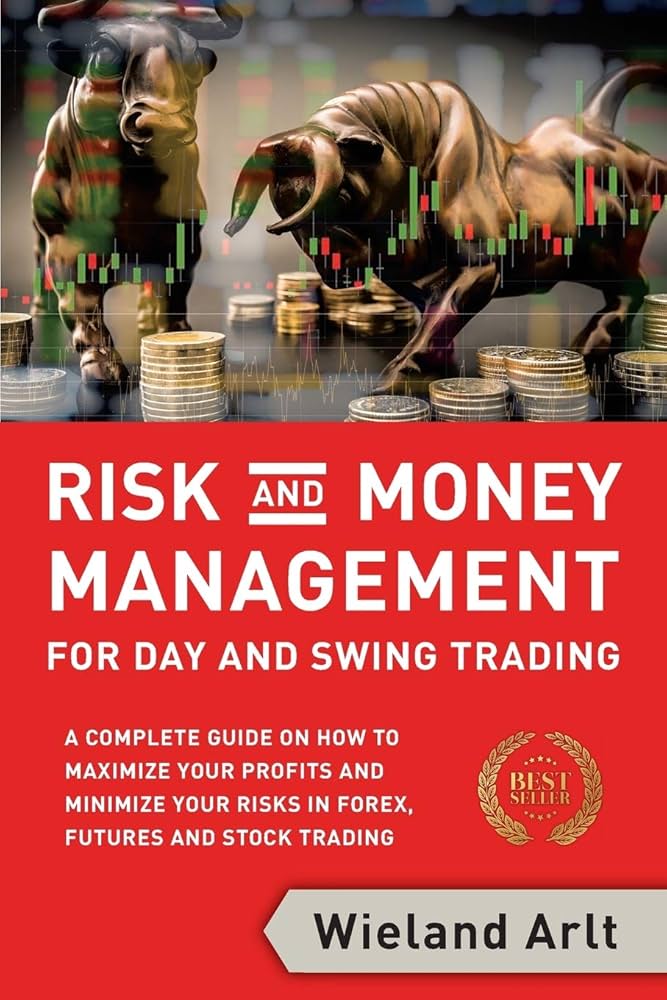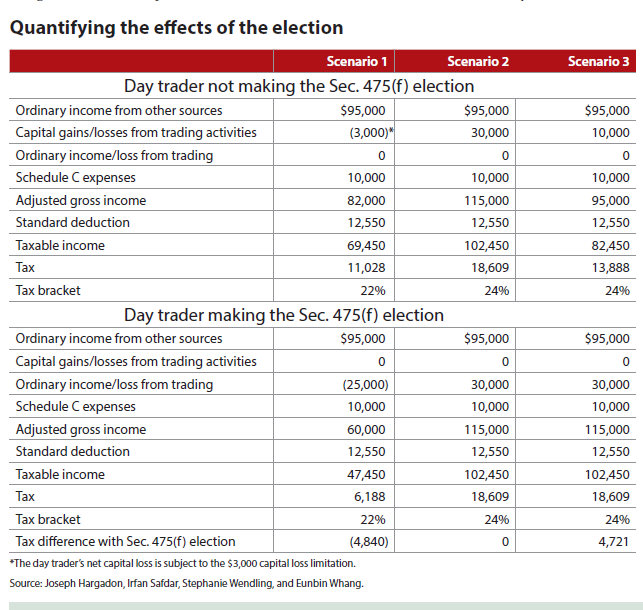Did you know that the Forex market is so big, it could buy every country a round of drinks and still have enough left for dessert? In this article, we delve into the essentials of Forex day trading, covering everything from the fundamentals of the market to the best strategies for success. We explore how the Forex market operates and the key tools you’ll need to navigate it effectively. Learn how to select the right broker, manage risk, and identify crucial indicators that can influence your trades. We also highlight common pitfalls and the capital required to get started, as well as optimal trading times and chart analysis techniques. Finally, uncover the psychological factors that play a role in trading, understand leverage and margin, and consider the tax implications of your trades. With insights from DayTradingBusiness, you’ll be better equipped to elevate your Forex day trading skills.
What is Forex day trading?
Forex day trading involves buying and selling currency pairs within the same trading day. Traders aim to capitalize on small price movements, often using leverage to amplify gains. Positions are opened and closed before the market closes to avoid overnight risk. Strategies include technical analysis, chart patterns, and economic news trading. Successful forex day trading requires quick decision-making, discipline, and a solid risk management plan.
How does the Forex market work?
The Forex market works by enabling the buying and selling of currencies. Traders exchange one currency for another, speculating on price changes. Key players include banks, financial institutions, corporations, and individual traders.
Trading occurs in pairs, like EUR/USD, where one currency is bought while the other is sold. Prices fluctuate based on economic data, geopolitical events, and market sentiment.
Forex operates 24 hours a day, five days a week, allowing for continuous trading across different time zones. Leverage is commonly used, amplifying potential gains and risks.
Profits come from small price movements, so day traders often execute multiple trades daily, relying on technical analysis and charts to make decisions.
What are the best strategies for Forex day trading?
The best strategies for Forex day trading include:
1. Scalping: Focus on small price movements and make multiple trades throughout the day. Look for high liquidity pairs.
2. News Trading: Trade based on economic news releases and events. Monitor calendars for volatility spikes.
3. Trend Following: Identify and follow market trends using technical indicators like moving averages. Enter trades in the direction of the trend.
4. Range Trading: Trade within established support and resistance levels. Buy near support and sell near resistance.
5. Technical Analysis: Use charts and indicators like RSI, MACD, and Bollinger Bands to make informed decisions.
6. Risk Management: Set stop-loss and take-profit orders to manage your risk. Never risk more than 1-2% of your trading capital on a single trade.
7. Discipline and Patience: Stick to your trading plan and avoid emotional decisions.
Implement these strategies to enhance your Forex day trading success.
What tools do I need for Forex day trading?
For Forex day trading, you need the following tools:
1. Trading Platform: A reliable platform like MetaTrader 4 or 5 for executing trades.
2. Charting Software: Tools for technical analysis, such as TradingView.
3. Broker Account: Choose a broker with low spreads and good execution speed.
4. Economic Calendar: To track important news events that impact currency prices.
5. Risk Management Tools: Such as stop-loss orders to protect your capital.
6. Computer or Mobile Device: A stable device with internet access for trading on the go.
These tools will help you effectively navigate the Forex day trading markets.
How do I choose the right Forex broker?
To choose the right Forex broker, consider these key factors:
1. Regulation: Ensure the broker is regulated by a reputable authority, like the FCA or NFA.
2. Trading Platform: Look for a user-friendly platform with reliable execution and necessary tools.
3. Spreads and Fees: Compare spreads, commissions, and any hidden fees to find a cost-effective option.
4. Leverage: Check the leverage options available and ensure they match your risk tolerance.
5. Customer Support: Test their customer service responsiveness and availability.
6. Account Types: Choose a broker that offers account types suitable for your trading style and capital.
7. Educational Resources: Look for brokers that provide educational materials to enhance your trading knowledge.
Evaluate these aspects to find a broker that aligns with your Forex day trading needs.
What are the key indicators for Forex day trading?
Key indicators for Forex day trading include:
1. Moving Averages: Help identify trends by smoothing out price data.
2. Relative Strength Index (RSI): Measures momentum and identifies overbought or oversold conditions.
3. Bollinger Bands: Indicate volatility and potential price reversals.
4. MACD (Moving Average Convergence Divergence): Shows changes in momentum and trend direction.
5. Fibonacci Retracement Levels: Identify potential support and resistance levels.
6. Volume: Confirms trends; higher volume indicates stronger moves.
Use these indicators to make informed trading decisions in the Forex market.
How do I manage risk in Forex day trading?

To manage risk in Forex day trading, set a strict stop-loss order for each trade to limit potential losses. Use position sizing to ensure no single trade risks more than 1-2% of your trading capital. Diversify your trades across different currency pairs to spread risk. Keep an eye on economic news and events that can cause volatility. Regularly review and adjust your trading plan based on performance and market conditions. Lastly, maintain emotional discipline to avoid impulsive decisions.
What are common mistakes in Forex day trading?
Common mistakes in Forex day trading include:
1. Overleveraging: Using too much leverage can amplify losses.
2. Lack of a trading plan: Trading without a clear strategy leads to impulsive decisions.
3. Ignoring risk management: Failing to set stop-loss orders can result in significant losses.
4. Chasing losses: Trying to recover losses quickly often leads to more mistakes.
5. Emotional trading: Letting fear or greed dictate trades can derail a strategy.
6. Neglecting market analysis: Not conducting thorough technical or fundamental analysis can lead to poor trades.
7. Poor timing: Entering or exiting trades at the wrong times can result in missed opportunities or losses.
Avoiding these pitfalls can enhance your Forex day trading success.
How much capital do I need for Forex day trading?

To start Forex day trading, you typically need at least $1,000 to $2,000 for a basic account. However, $5,000 to $10,000 is recommended for better risk management and leveraging opportunities. Your capital should cover margin requirements, potential losses, and trading costs.
What is the best time to trade Forex?
The best time to trade Forex is during the overlap of major market sessions: specifically, when the London and New York sessions coincide from 8 AM to 12 PM EST. This period has the highest volatility and liquidity, making it ideal for day trading. Additionally, trading during the Asian session (11 PM to 8 AM EST) can also be beneficial for specific currency pairs. Focus on these times for optimal trading opportunities.
How do I analyze Forex charts effectively?
To analyze Forex charts effectively, start by identifying key trends using line, bar, or candlestick charts. Look for support and resistance levels to gauge price movements. Utilize technical indicators like moving averages, RSI, or MACD to confirm signals. Pay attention to volume for insights on market strength. Practice reading chart patterns, such as head and shoulders or triangles, to predict future movements. Lastly, combine your analysis with fundamental news to enhance your trading strategy.
## What Are the Key Strategies for Successful Forex Day Trading?
Understanding Forex day trading markets involves grasping key concepts such as currency pairs, market hours, volatility, and technical analysis. Focus on price movements and trends within the Forex market to make informed trades.
Learn more about: Understanding Forex Day Trading Markets
What are the advantages of Forex day trading?
Forex day trading offers several advantages:
1. Liquidity: The Forex market is highly liquid, allowing for quick entry and exit of trades.
2. Flexibility: You can trade at any time during the day, taking advantage of various market sessions.
3. Leverage: Forex brokers often provide high leverage, enabling larger position sizes with a smaller capital outlay.
4. Low Costs: Typically, trading costs are lower compared to other markets, with tight spreads and minimal commissions.
5. Profit Potential: Opportunities for profit exist in both rising and falling markets, thanks to short-selling options.
6. Real-Time Information: Access to real-time data and analysis tools helps inform trading decisions.
7. Diversification: You can trade multiple currency pairs, allowing for portfolio diversification.
These advantages make Forex day trading appealing for traders seeking to capitalize on short-term market movements.
How can I improve my Forex day trading skills?
To improve your Forex day trading skills, focus on these key areas:
1. Education: Study Forex trading strategies, technical analysis, and market indicators. Use online courses and webinars to deepen your knowledge.
2. Practice: Open a demo account to practice trading without risking real money. Experiment with different strategies to find what works for you.
3. Analysis: Develop a routine for analyzing market trends and economic news. Use tools like charts and indicators to make informed decisions.
4. Risk Management: Set strict stop-loss and take-profit levels to manage risk. Never risk more than you can afford to lose.
5. Discipline: Stick to your trading plan and avoid emotional decisions. Consistency is key to long-term success.
6. Community: Join trading forums or groups to share experiences and learn from others. Networking can provide valuable insights.
7. Review: Regularly review your trades to identify mistakes and successes. Learn from your experiences to improve future performance.
By focusing on these areas, you'll enhance your Forex day trading skills effectively.
Learn about How to Use Charts for Forex Day Trading
What psychological factors affect Forex day trading?
Psychological factors that affect Forex day trading include fear, greed, overconfidence, and loss aversion. Fear can lead to missed opportunities or premature exits. Greed may cause traders to hold onto positions too long, risking losses. Overconfidence can result in taking excessive risks or neglecting proper analysis. Loss aversion often leads to a reluctance to cut losses, which can exacerbate financial setbacks. Managing these emotions is crucial for successful trading.
How do leverage and margin work in Forex trading?
Leverage in Forex trading allows you to control a larger position with a smaller amount of capital. For example, with 100:1 leverage, you can trade $100,000 with just $1,000. This amplifies both potential profits and losses.
Margin is the amount of money you need to deposit to open a leveraged position. Using the same example, if you want to trade that $100,000 position at 100:1 leverage, your margin requirement would be $1,000.
In summary, leverage increases your buying power, while margin is the collateral required to maintain that position. Both are crucial for managing risk and capital in Forex day trading.
What are the tax implications of Forex day trading?

Forex day trading typically falls under capital gains tax rules. If you hold positions for less than a year, profits are considered short-term capital gains and taxed at your ordinary income tax rate. Losses can offset gains, reducing your taxable income. Additionally, in some jurisdictions, traders may qualify as "traders in securities," allowing for different tax treatment. It's crucial to keep detailed records of all trades for accurate reporting. Always consult a tax professional for personalized advice based on your situation.
Learn about Tax Implications of Forex Day Trading
Conclusion about Understanding Forex Day Trading Markets
In conclusion, mastering Forex day trading requires a solid understanding of market mechanics, effective strategies, and robust tools. By focusing on risk management, avoiding common pitfalls, and continually enhancing your skills, you can navigate this dynamic market more successfully. Leveraging the insights and resources from DayTradingBusiness can further empower your trading journey, ensuring you make informed decisions and optimize your trading potential.
Learn about Differences Between Forex and Other Day Trading Markets